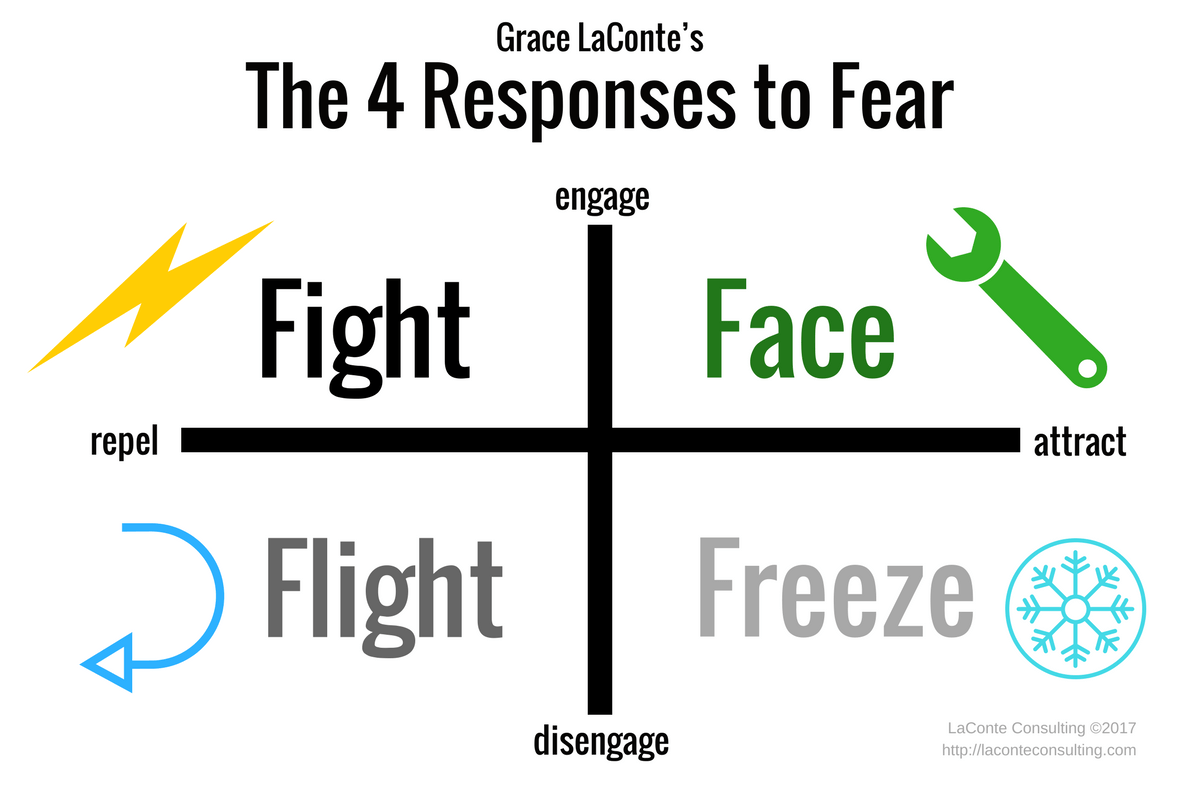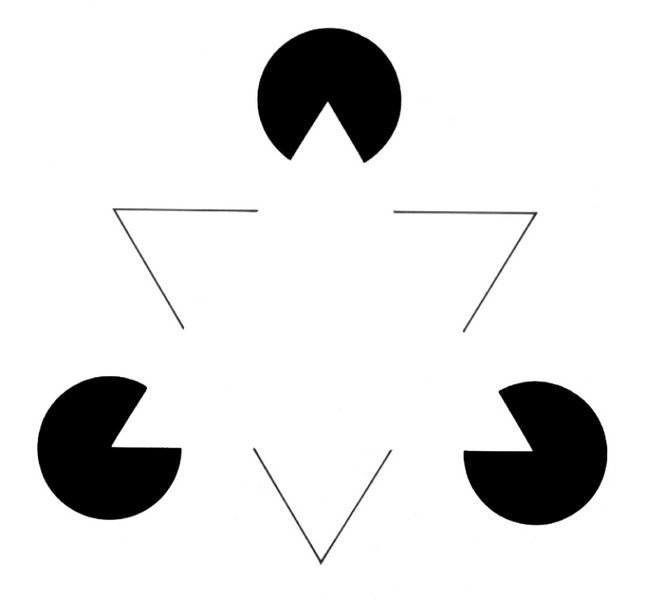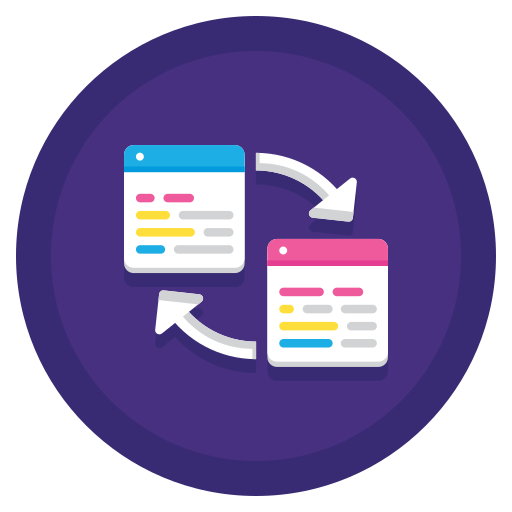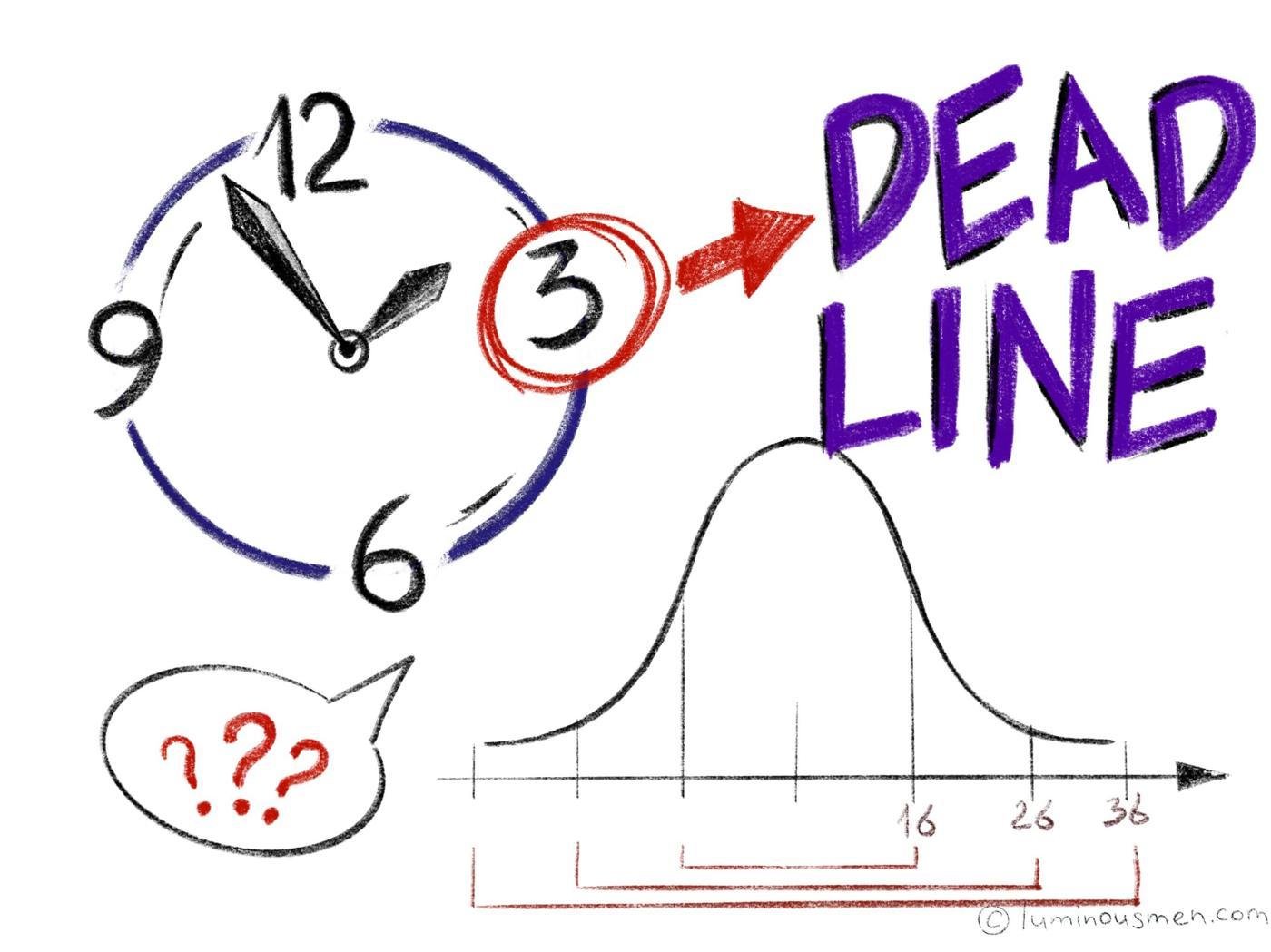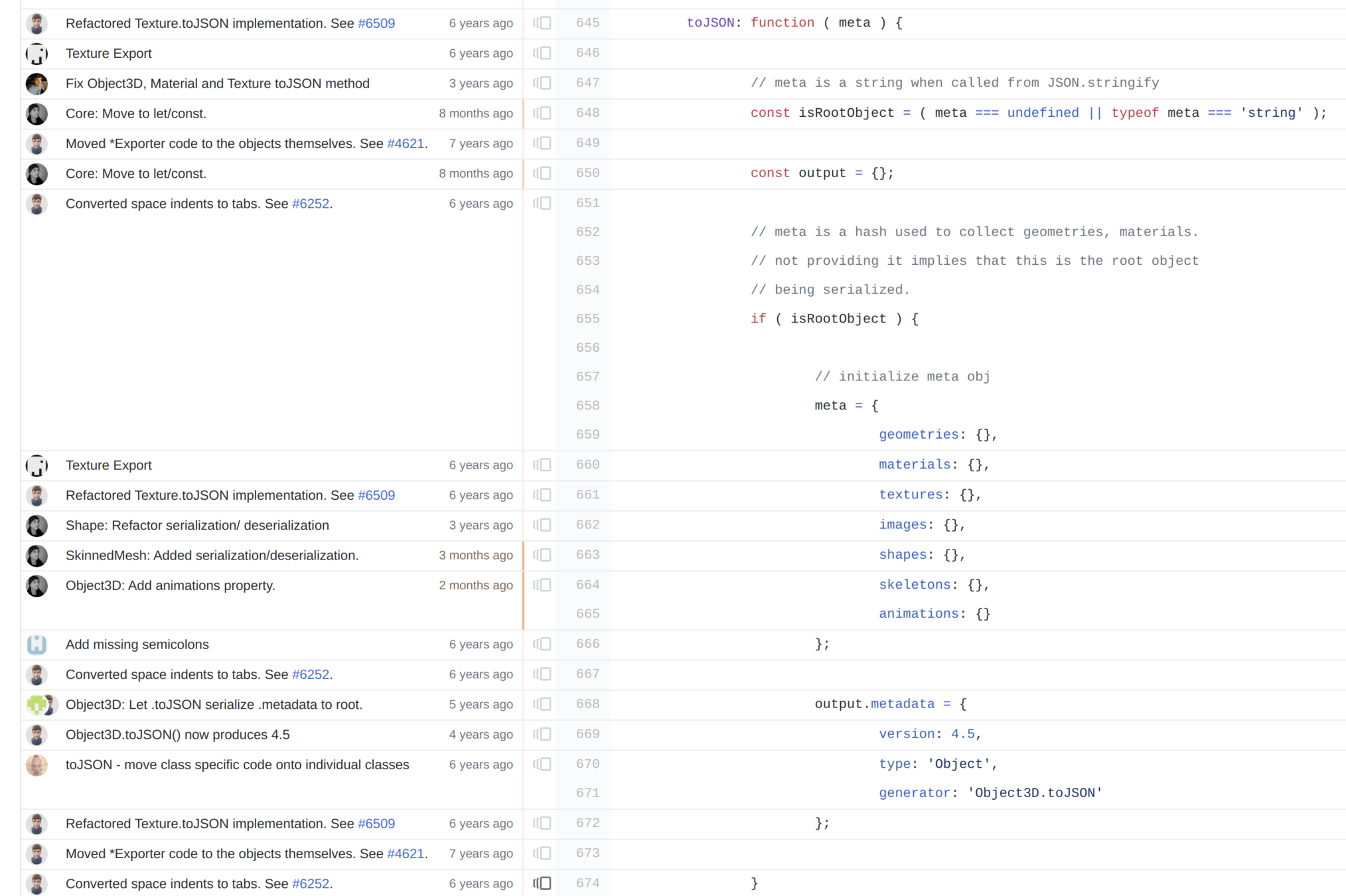Refactoring legacy: Turning monsters into friends
By Barry O' Sullivan
Refactoring legacy: Turning monsters into friends
Slides from my DDDEU 2021 hands on lab on working with legacy code. When people talk about legacy they tend to use aggressive language, they view it as a nightmare that everyone should just ignore and forget. This is entirely the wrong attitude to take and it guarantees failure. Legacy can be a friend that will teach you more about programming than any green field project ever will, it’s all about changing your mindset. This session will take you through the approach you need to succeed with refactoring legacy. You’ll learn how to shift your perspective and how to deal with the uncertainty that’s ever present when working in legacy. You’ll learn how to make changes safely, gain understanding and uncover suitable patterns to apply. This is a hands-on session were you’ll tackle a messy piece of code and apply three simple techniques to gain clarity. At the end you’ll be much more comfortable dealing with legacy code and will have both the techniques and the mindset required to improve your existing system. Code samples will be available in several languages, so you just need to bring your favourite IDE and an environment that can run the code. Prerequisites: A laptop that can edit and run Java, C# or JavaScript.








